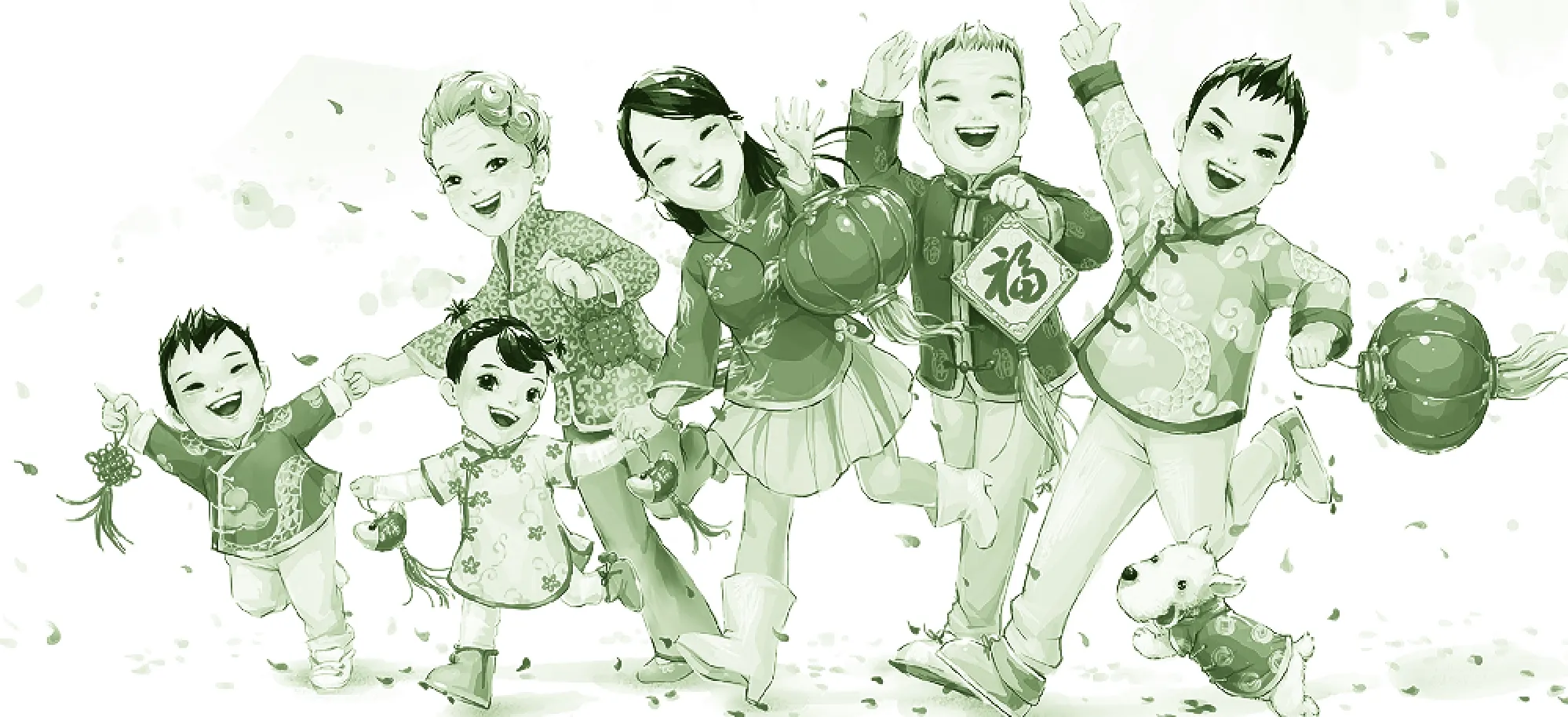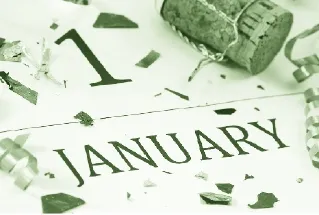Why Do We Celebrate New year’s on Jan. 1?为什么在1月1日庆祝新年?
⊙ By Tia Ghose ⊙ 翻译:丁一
这是报刊、网站上常见的知识小短文,以普及常识为主旨,点到即止,并不会深入探讨细节。文章覆盖的时间从公元前四千多年的美索不达米亚人到16世纪的教皇格列高利十三世,再到现代,时间跨度达六千多年。四百多字的短文显然无法深究历法变化的各种原因及细节,只能非常简单地介绍几大主要事件。阅读时要注意把握变化趋势——即时间愈往后,历法越准确。
虽然这是一篇关于历法演变史的短文章,但如果每句话都以“在某年,发生了什么事”的句式出现,是很难吸引读者的。因此,本文注意句式的变换,力求避免枯燥。如在讲述历法变化的第四到第六段,文章用了不同的时间表达方式叙述不同的历史事件(如:while、meanwhile、during、then、by、until等)。
说明文是高中阶段英语学习的写作文体之一。本文句式简单,用词通俗易懂,是篇很好的说明文范例。建议同学们反复阅读,反复揣摩,掌握要领,从中学习说明文的写作方式。
It’s the end of the year: time to start fresh, make resolutions and get ready for 2018.
But as the world counts down to midnight, let’s take a moment to question why people around the planet are celebrating the New Year at that very moment.


It turns out that the New Year wasn’t always on Jan. 1, and still isn’t in some cultures.
The ancient Mesopotamians[美索不达米亚人]celebrated their 12-day-long New Year’s festival of Akitu on the vernal equinox[春分],while the Greeks partied around the winter solstice[冬至], on Dec. 20. A Roman historian,meanwhile, reported that the Egyptians celebrated another lap around the sun on July 20, according to a 1940 article in the journal the Proceedings of the American Philosophical Society.
During the Roman era, March marked the beginning of the calendar. Then, in 46 B.C., Julius Caesar created the Julian calendar, which set the New Year when it is celebrated today. Because the Julian calendar had a few extra leap years[闰年]than was necessary, by the 1500s, the first day of spring came 10 days earlier.
But even Julius Caesar couldn’t standardize[使标准化]the day. New Year’s celebrations continued to drift[移动]back and forth in the calendar, even landing on Christmas Day at some points, until Pope Gregory XIII implemented[实施]the Gregorian calendar in 1582. The Gregorian calendar was an attempt to make the calendar stop wandering with respect to the seasons.
Though the selection of the New Year is essentially arbitrary from a planetary[行星的]perspective, there is one noteworthy astronomical event that occurs around this time: The Earth is closest to the sun in early January, a point known as the perihelion[近日点].
Nowadays, Jan. 1 is almost universally recognized as the beginning of the New Year, though there are a few holdouts[不让步]:Afghanistan, Ethiopia, Iran, Nepal and Saudi Arabia rely on their own calendrical[历法的]conventions[传统].
Different religions also celebrate their New Year’s at different times. For instance,the Jewish calendar is lunar, and its New Year’s festival, Rosh Hashanah, is typically celebrated between September and October.The Islamic calendar is also lunar, and the timing of the New Year can drift significantly.For instance, in 2008, the Islamic New Year was celebrated on Dec. 29, while it was on Sept. 22 in 2017. The Chinese calendar,meanwhile, is also lunar, but the Chinese New Year usually falls between Jan. 21 and Feb. 20.
百科
◆ Gregorian calendar 格列高利历:公历的标准名称,是一种源于西方社会的历法。它先由意大利医生、天文学家、哲学家、年代学家阿洛伊修斯·里利乌斯(Aloysius Lilius)等学者在使用了十几个世纪的儒略历基础上加以改革。到了16世纪,罗马教皇格列高利十三世设立了改革历法的专门委员会,在比较了各种方案后,决定采用里利乌斯的方案,在400年中去掉儒略历多出的三个闰年。教皇格列高利十三世于1582年3月1日颁布改历命令。由于格列高利历的内容比较简洁,便于记忆,而且精度较高,与天时符合较好,因此它逐步为各国政府所采用。人们将这一历法称为“格列高利历”,也就是今天世界上所通用的纪年标准,简称格里历或公历。
参考译文
又到岁末,是时候重新开始,许下新年愿望,准备迎接2018年了。
但就在全球都在倒数,等待凌晨来临之际,让我们花点时间思考一个问题:为什么全世界的人们都在此时庆祝新年呢?
其实新年并不总是在1月1日来临,现仍有一些不同文化的人不在这一天庆祝新年。
古代美索不达米亚人在春分那天庆祝为期12天的新年节日阿基图,而古希腊人则在临近冬至日的12月20日庆祝新年。此外,根据《美国哲学会学报》在1940年刊登的一篇文章,罗马历史学家称,埃及人曾在7月20日庆祝地球绕太阳完成了一个公转周期。
在古罗马时代,3月是一年的开始。到了后来的公元前46年,尤利乌斯·恺撒创建了儒略历,才把新年设立在如今庆祝的这一天。因为儒略历比实际需要多了一些闰年,到16世纪初,春天的第一天要比实际早10天。
但即使是尤利乌斯·恺撒也未能统一新年第一天的日子。庆祝新年的这一天继续不断地在日历上前推后移,甚至在一段时间里落在了圣诞节那天,直到1582年。教皇格列高利十三世在那一年开始推行格列高利历,试图使日历不再随季节浮动。
尽管从行星科学的角度来看,选择哪一天作为新年基本上是任意的,但目前新年这一天还是有个重要的天文依据:地球在1月初距离太阳最近,这就是所谓的近日点。
如今,几乎所有人都认定1月1日是新一年的起点,尽管还有一些民族坚持己见——阿富汗、埃塞俄比亚、伊朗、尼泊尔和沙特阿拉伯仍然按照自己的传统历法庆祝新年。
不同的宗教也会在不同的时间庆祝新年。比如犹太教采用阴历,犹太人的新年节日岁首节一般在9月至10月之间。伊斯兰教也采用阴历,其新年来临的日子可能有很大变化。比如,2008年的伊斯兰新年从12月29日开始,而在2017年则是9月22日。此外,中国人也使用阴历,但中国的新年一般在1月21日至2月20日之间。

